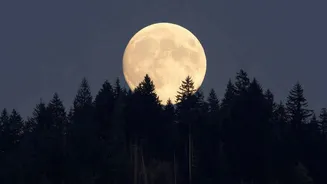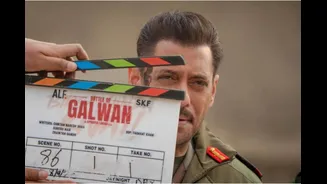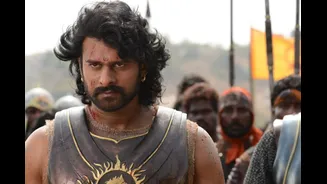Before pan-India was a buzzword, Kamal Haasan made it a belief.
Long before ‘Baahubali’ turned into a nationwide phenomenon and “pan-India cinema” became
the industry’s favorite phrase, there was Kamal Haasan, a one-man cultural bridge who blurred linguistic boundaries with his talent, intellect, and sheer versatility.
As the legendary actor, filmmaker, and visionary turns another year older, it’s the perfect time to revisit how he became India’s first true cross-border superstar, decades before the concept even existed.
The Original Pan-India Hero Before It Was Cool
Today, filmmakers talk about “pan-India releases” with multi-language dubbing and marketing campaigns. But back in the 1980s and 1990s, Kamal Haasan was already doing what few dared, working seamlessly across Tamil, Telugu, Malayalam, Kannada, and Hindi cinema.
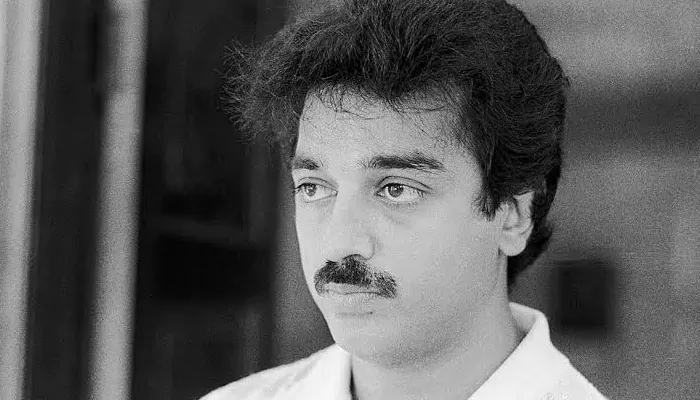
He wasn’t just acting in multiple languages; he was belonging to them. His ease in adapting to different cultures and cinematic sensibilities made him the face of Indian versatility. Whether it was a thought-provoking Tamil classic, a dramatic Hindi remake, or a Malayalam masterpiece, Kamal made every role his own and every audience his admirer.
When Bollywood Met the Madras Maestro
Kamal’s Hindi film debut with Ek Duuje Ke Liye (1981) was more than just a blockbuster, it was a cultural event. The film, a tragic love story between a Tamil boy and a North Indian girl, reflected India’s linguistic and emotional diversity long before “unity in diversity” became a cinematic formula.
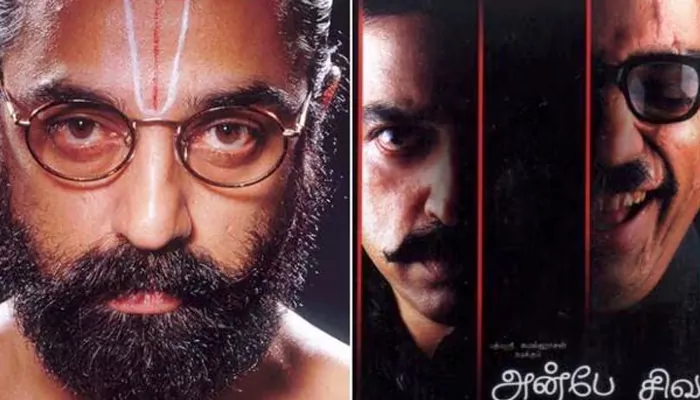
The movie’s nationwide success made Kamal a household name across India. Suddenly, audiences from Delhi to Dindigul were humming “Tere Mere Beech Mein.” He wasn’t a “South Indian actor” anymore he was India’s actor.
Later, films like Sadma (1983), Saagar (1985), and Chachi 420 (1997) reinforced his command over Hindi cinema. Sadma remains one of the most emotionally resonant performances in Indian film history a role only Kamal Haasan could make timeless.
The Multilingual Mastermind
While most stars focused on one industry, Kamal Haasan’s filmography reads like a map of India. From Swathi Muthyam in Telugu to Chanakyan in Malayalam, his performances carried a universal emotional depth that transcended language.
He was one of the few actors who could effortlessly switch from a rustic villager in Thevar Magan to a suave, trained spy in Vishwaroopam. Each film wasn’t just entertainment, it was a lesson in storytelling, craft, and cultural nuance.
Even his experimental projects like Apoorva Sagodharargal, where he played a dwarf, or Indian, where he portrayed both father and son with moral contrasts, pushed the creative envelope of Indian cinema long before “content-driven” became the buzzword.
Global Vision, Local Soul
Kamal Haasan was also among the first Indian stars to think internationally. His 1985 film Saagar was India’s official entry to the Oscars, and Nayakan (1987), often listed among the greatest films ever made, drew inspiration from global classics like The Godfather.
Even before streaming platforms made world cinema accessible, Kamal’s storytelling was influenced by Japanese realism, French philosophy, and Hollywood technique, all while staying rooted in Indian ethos. That blend of global craft and local emotion made him truly timeless.
A Thinker, A Reformer, A Visionary
Beyond acting, Kamal Haasan’s contribution to Indian cinema includes being a scriptwriter, producer, lyricist, and director. His company, Raaj Kamal Films International, was one of the first to champion artistic cinema with commercial viability.

He also initiated conversations about film preservation, industry ethics, and creative freedom long before they became trending topics. In many ways, Kamal wasn’t just ahead of his time, he was ahead of ours.
Before ‘Baahubali’, There Was Kamal Haasan
When Baahubali took India by storm, audiences celebrated the dawn of “pan-India cinema.” But in truth, Kamal Haasan had already lived that dream, decades earlier.
He didn’t need massive VFX or marketing to go national; he relied on substance, skill, and sincerity. Every role, every language, and every era added another dimension to his legacy.
Today, as actors and directors strive to capture a pan-India audience, they’re walking the path Kamal Haasan paved quietly and gracefully.

The Legacy Lives On
From nurturing talents to experimenting with genres, Kamal Haasan continues to inspire a generation that sees cinema as a bridge, not a boundary. His recent works like Vikram prove that age hasn’t dulled his ambition, it’s only sharpened it.
As he celebrates his birthday, fans across India aren’t just applauding a superstar; they’re saluting a storyteller who turned regional cinema into national pride.









